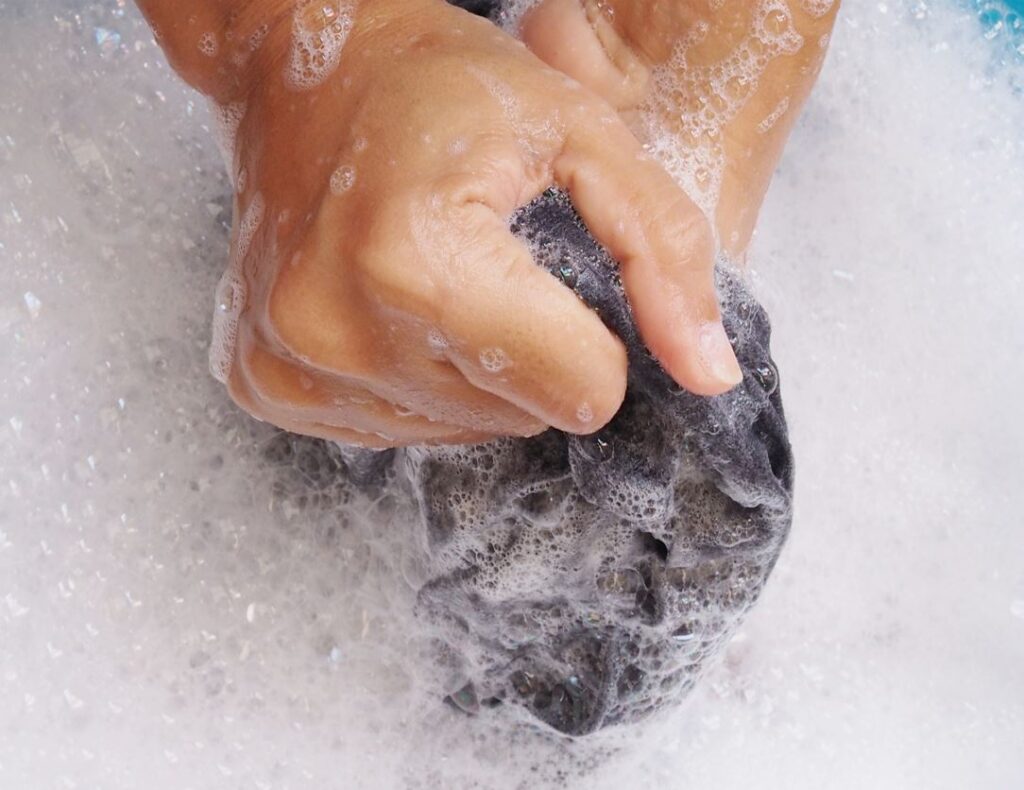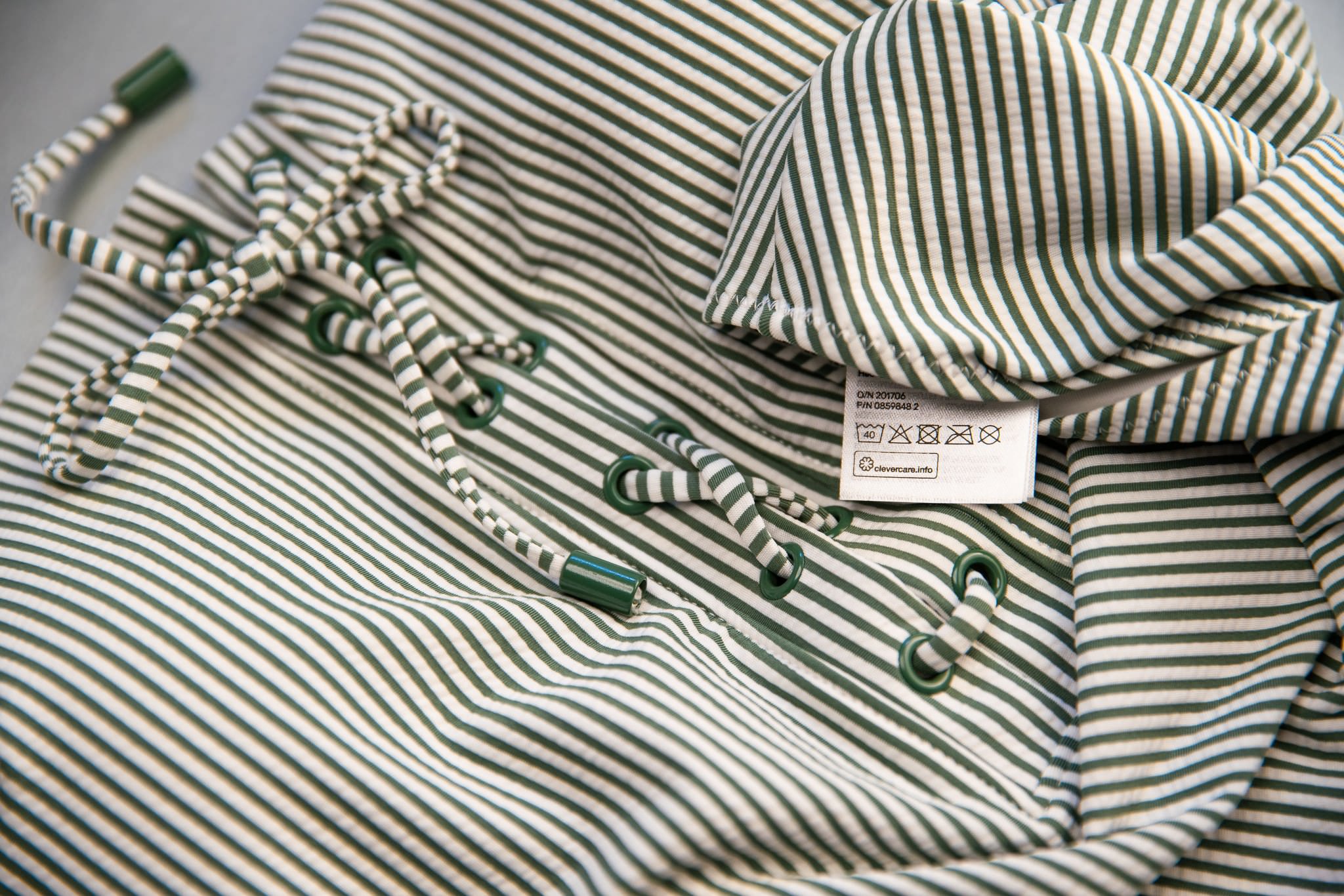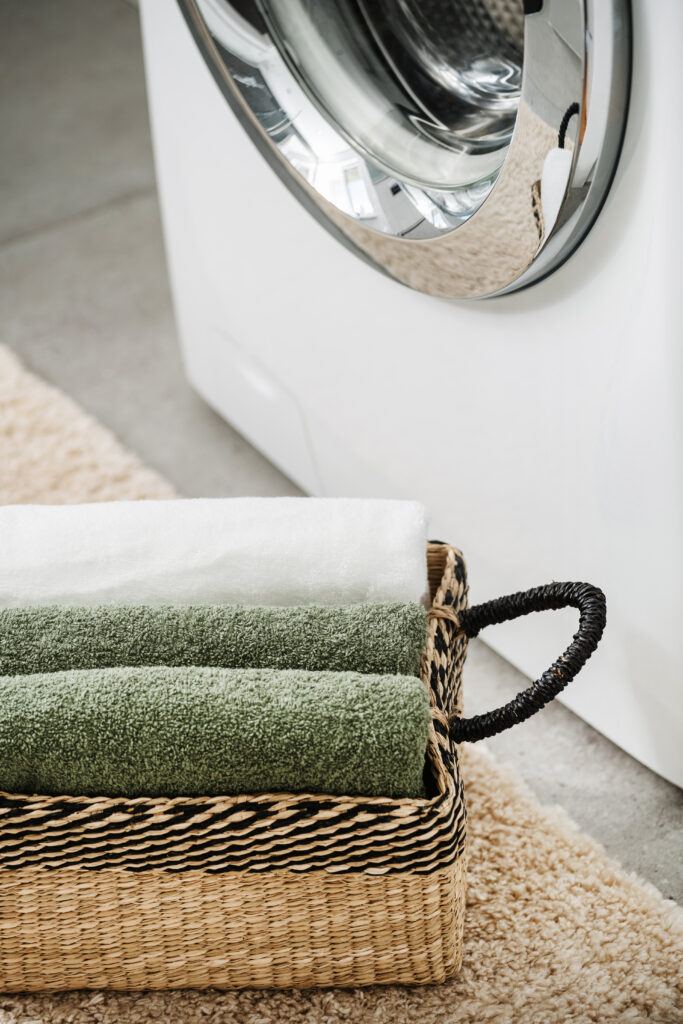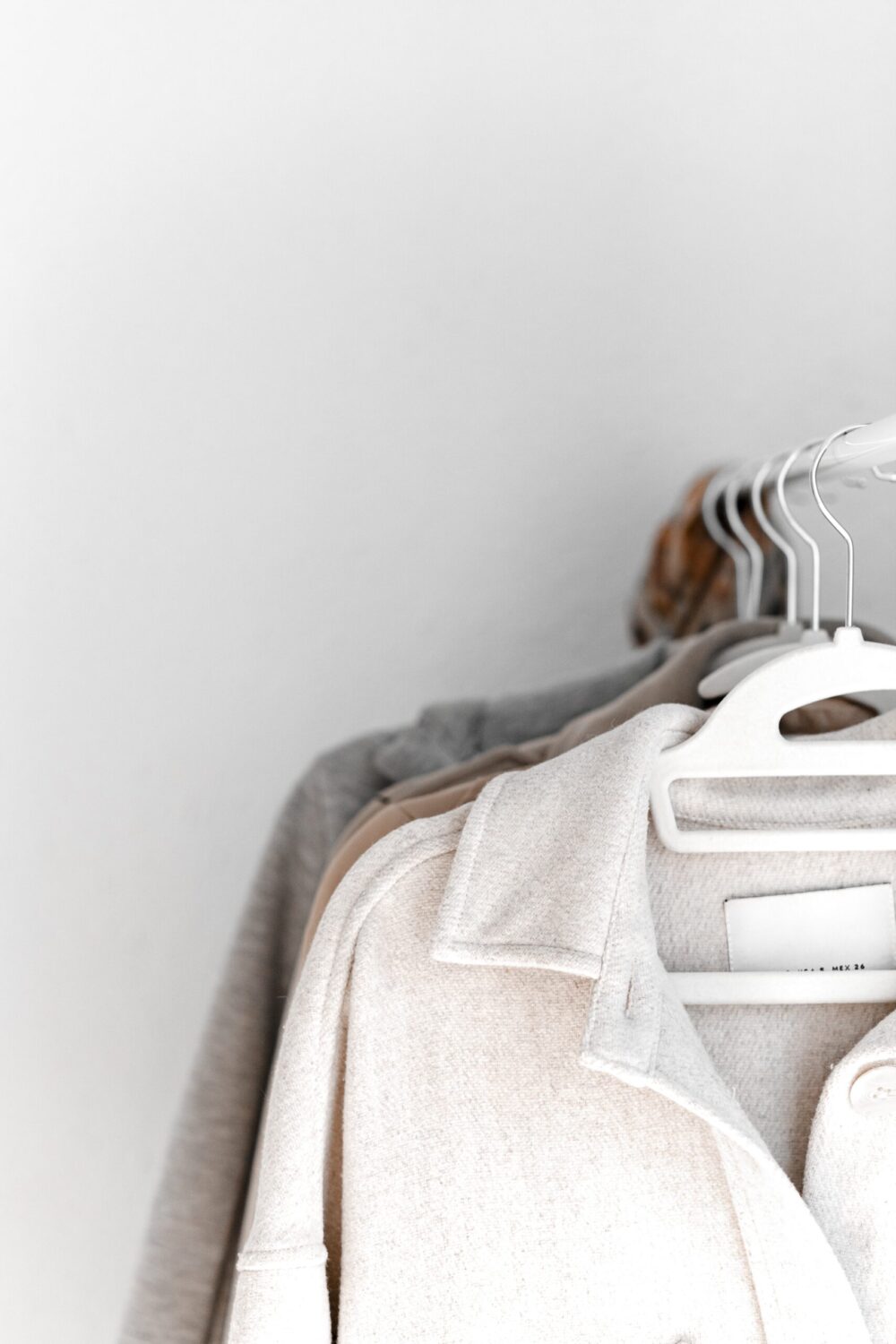While today’s workplace may be more multi-national, multi-faceted, and multi-modal than ever before, one thing remains the same: clothes make the man… and the woman! Studies have shown that a neat and professional appearance offers a wide array of benefits: it enhances credibility and inspires the trust of customers and colleagues alike, while building your self-assurance and encouraging proactivity. In other words, keeping your business attire crisp and clean just might take you one step closer to achieving your professional goals.
Cleaning suits, trouser suits, and skirt suits:
- Start with the label. Many suits require professional dry cleaning, in which case you should avoid machine washing to protect your suit from any potential damage.
- Choose the right program. If your suit’s label indicates that machine washing is acceptable, then make sure to pick the appropriate program and temperature. Unless your label states otherwise, the best option is undoubtedly the gentle cycle, with the temperature set on cold.
- Prepare your garment. Turn your suit inside out and place it in a mesh bag. This will protect it as it spins in your washing machine.
- Air dry it. Tumble drying is not suitable for suits. Instead, place your garment on a sturdy hangar and allow it to air dry.
- Care for it. With consistent care and attention, you can avoid over-washing your suit and thus prolong its lifespan. Be sure to regularly inspect your suit for lint, dust, or other debris, which you can easily remove with a suit brush. Check for stains as well, and remove them with a wet cloth and mild detergent, leaving your suit to dry on a hangar.
- Hang it right. Avoid wire hangars—your clothes deserve better! Instead, use a sturdy, high-quality, wooden suit hangar, which will help keep your suit in shape while absorbing moisture. Remember to place your suit in a cloth garment bag before hanging it in your closet. This will protect your garment while allowing the airflow necessary for it to “breathe.”
Cleaning blouses and dress shirts:
- Check the label. Some blouses and dress shirts are dry clean only. Others require cold temperatures, so be sure to read the details indicated on the label.
- Prepare your dress shirt. Unbutton your blouse or shirt and remove any cuff links, collar stays, or other accessories.
- Spot check. Inspect your blouse or shirt for stains, and pre-treat them as needed with a stain remover or a small amount of detergent.
- Handle with care. If your blouse or shirt is machine-washable, choose the cycle and temperature according to the fabric type and soil level of your garment. As a general rule, finer and lighter-weight fabrics should be washed using a delicate cycle while thicker fabrics can handle a normal cycle and warmer temperatures. If you are concerned about color bleeding, be sure to wash similar colors together or use a color catcher sheet.
- Dry, but not fully. As soon as the wash cycle has finished, hang your damp garment on a quality hanger and allow it to dry until most, but not all, of the moisture has evaporated. Ironing your blouse or shirt while it is still slightly damp will facilitate the process.
What about ties and scarves?
Generally speaking, tie and scarf cleaning should be left to the pros. Nevertheless, always check the label to be sure. Hand-washing may be an option, in which case a mild detergent and air drying is the best way to keep your ties and scarves in pristine condition.
For more tips on how to care for your favorite clothes and linens, visit our special fabrics section.










